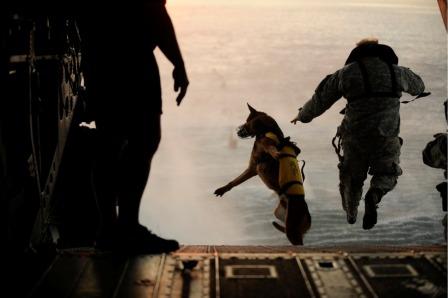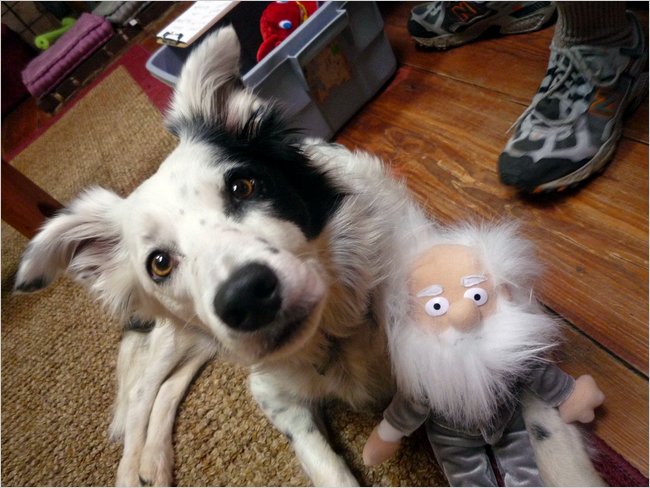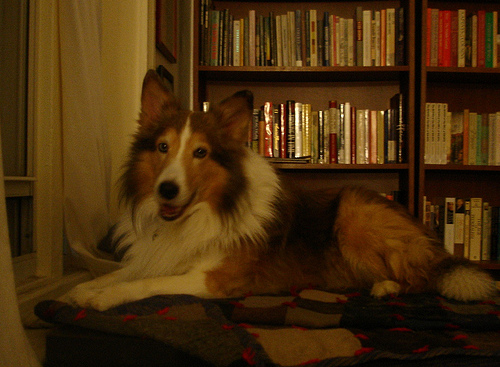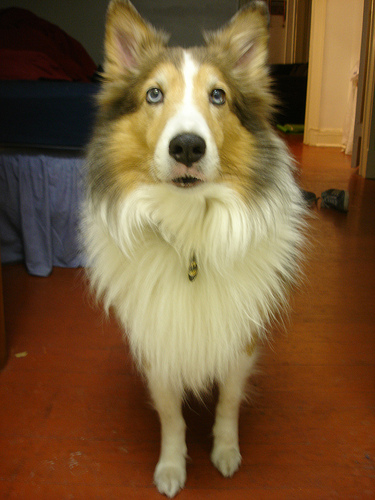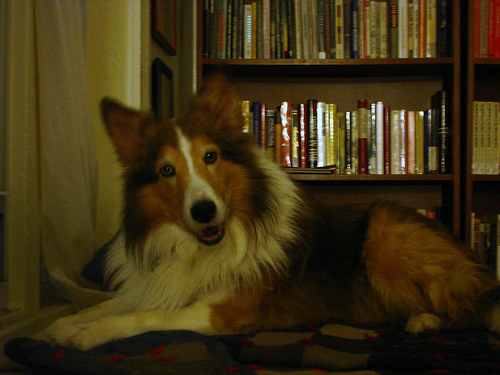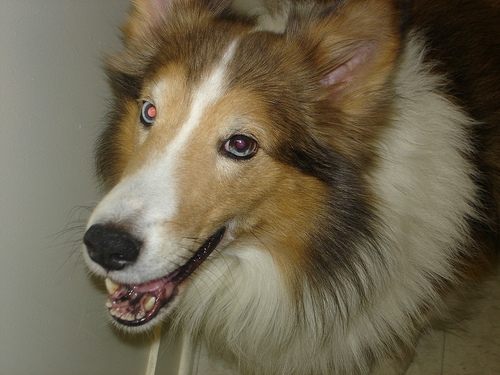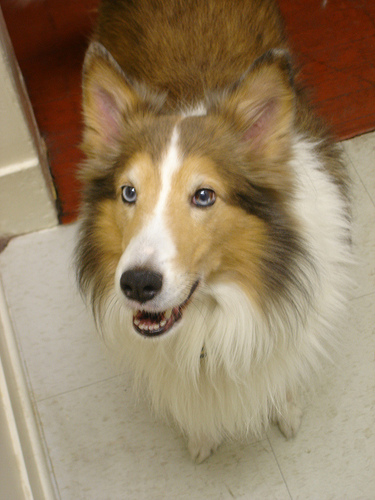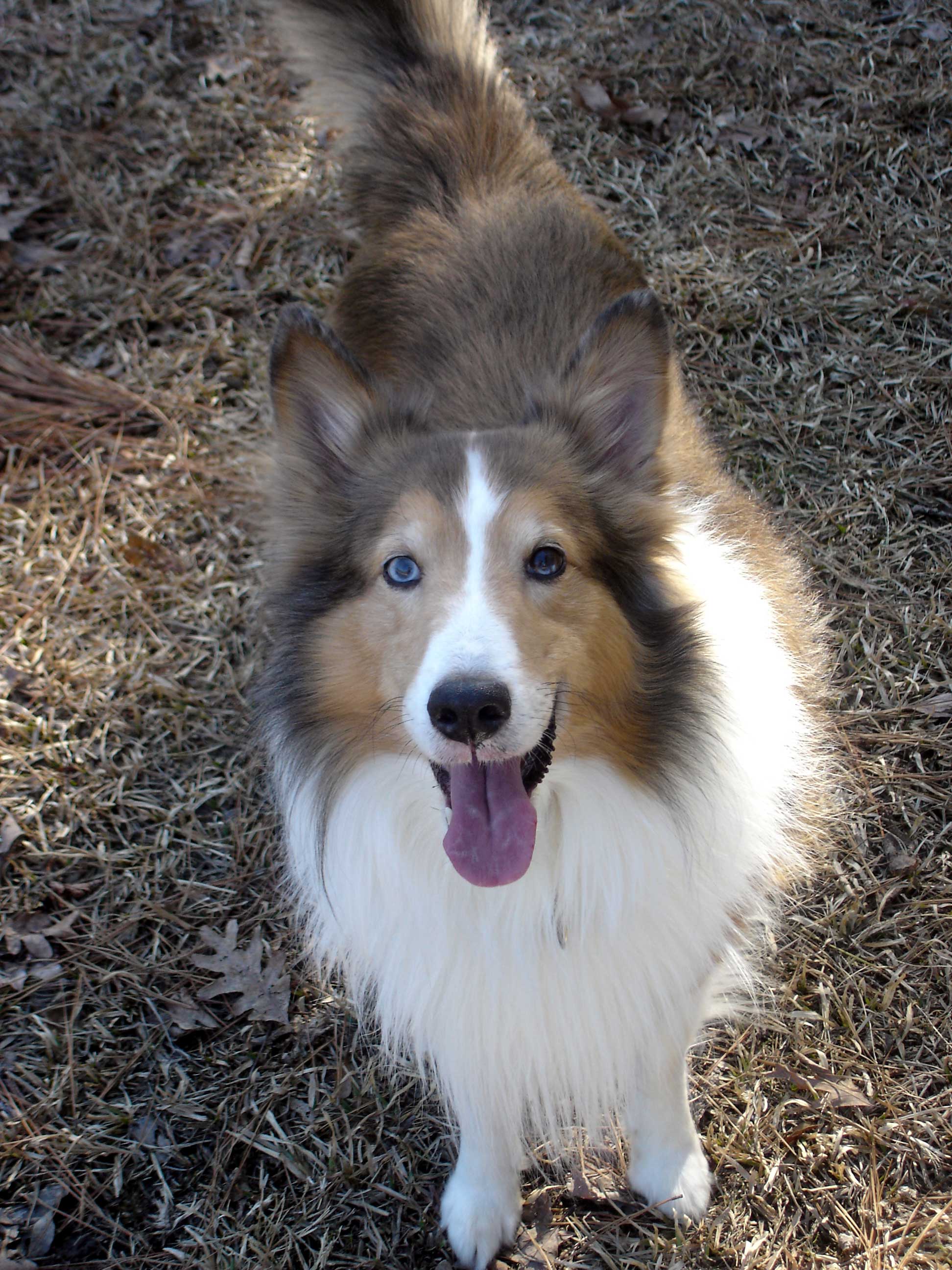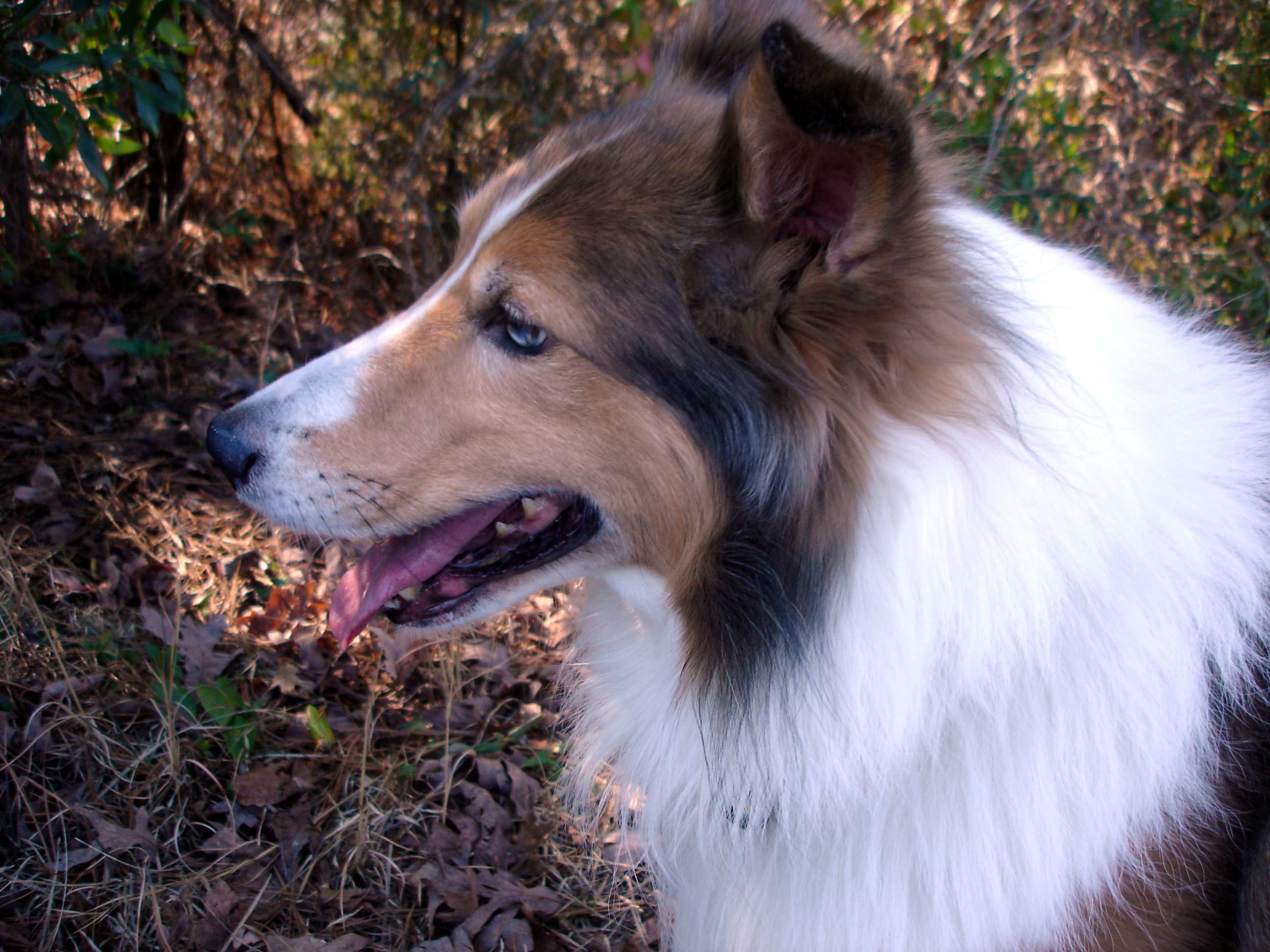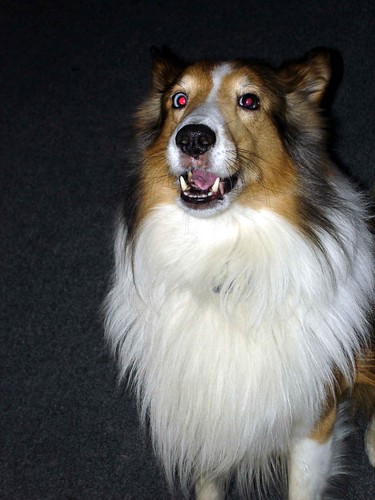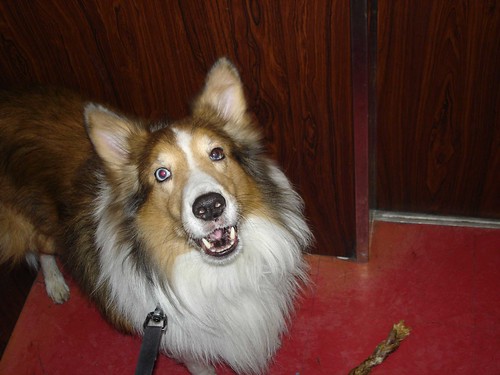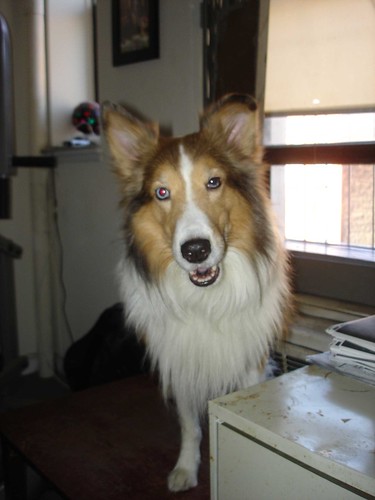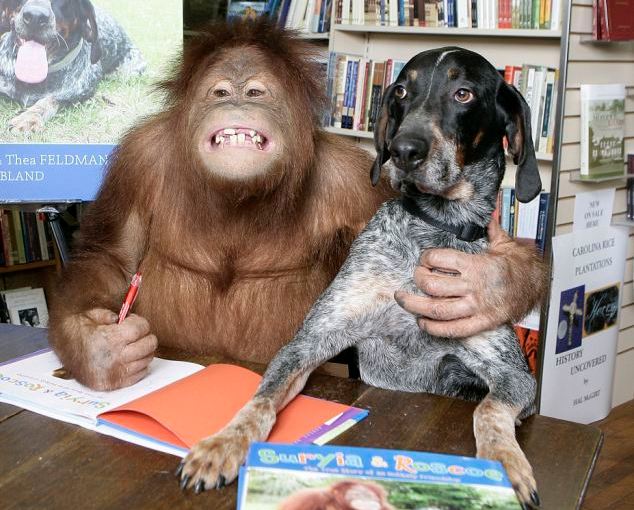
“‘He followed us through the gate and ran over and found Suryia. As soon as he saw Roscoe, Suryia ran over to him and they started playing. ‘Dogs are usually scared of primates, but they took to each other straight away. We made a few calls to see if he belonged to anyone and when no one came forward, Roscoe ended up staying.‘”
As a mental health break of sorts, the Daily Mail catches up with an orangutan and bluetick hound who’ve become best buds back home in South Carolina. And for those parents already bored with Go the F**k to Sleep, the pals, a la Owen and Mzee, “have released a picture book capturing their unorthodox friendship.“

